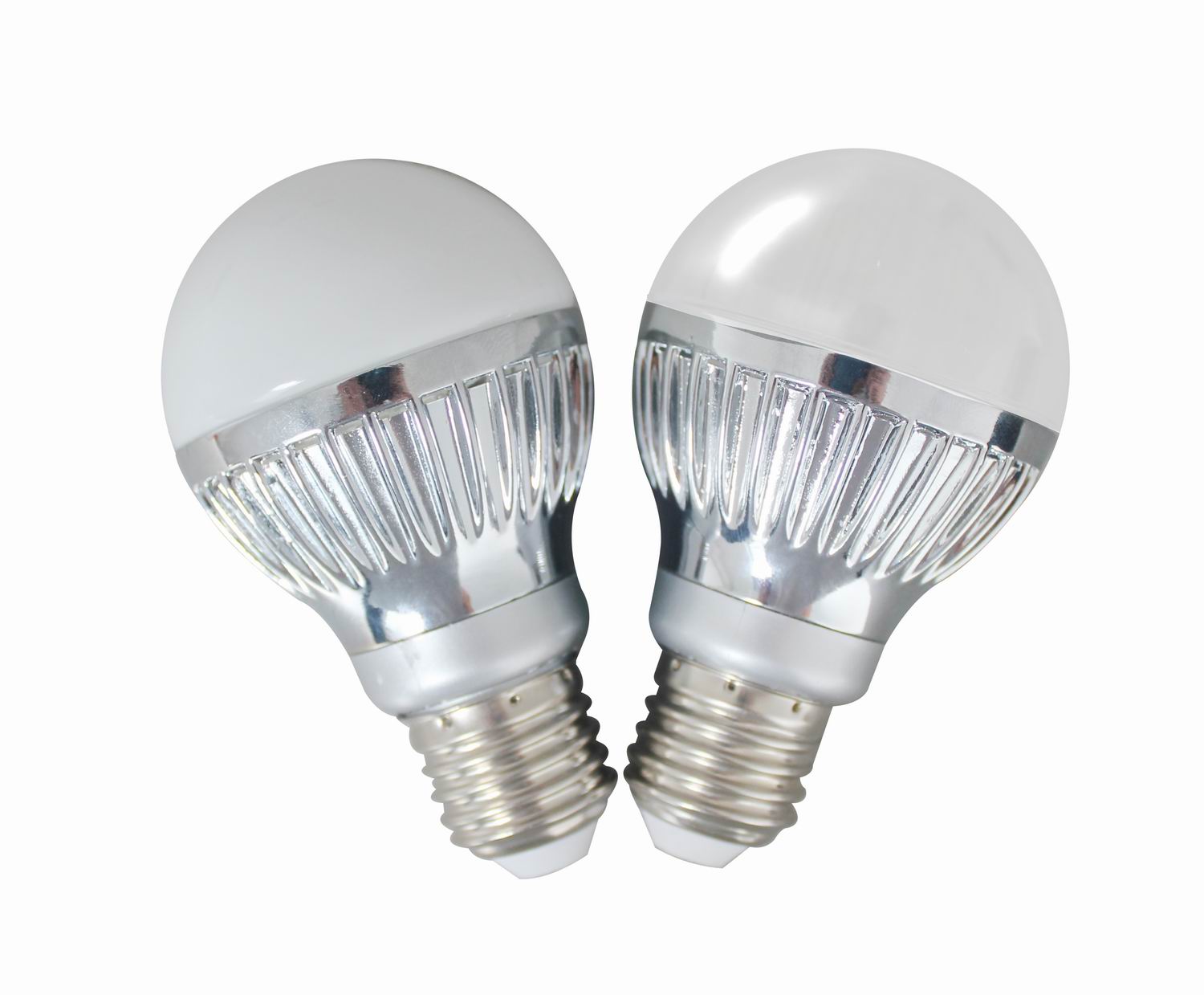

Articles
What Is An LED Bulb
Modified: August 19, 2024
Learn all about LED bulbs with our informative articles. Explore different types, benefits, and how they can save you energy and money.
(Many of the links in this article redirect to a specific reviewed product. Your purchase of these products through affiliate links helps to generate commission for Storables.com, at no extra cost. Learn more)
Introduction
Welcome to the world of LED bulbs! In recent years, LED bulbs have gained immense popularity as a highly efficient and long-lasting lighting solution. From residential to commercial spaces, these bulbs have revolutionized the way we illuminate our surroundings. In this article, we will delve into the world of LED bulbs, exploring their definition, working principles, advantages, and disadvantages.
LED stands for “Light Emitting Diode.” It is a semiconductor device that emits light when an electric current passes through it. Unlike traditional incandescent or fluorescent bulbs, LED bulbs do not rely on heating a filament or passing electricity through gas to produce light. Instead, they use a pin-pointed light source that emits light in a specific direction.
Unlike its predecessors, LED bulbs have significant advantages. They are highly energy efficient, durable, and offer a wide range of color options. LED bulbs also have a longer lifespan compared to traditional bulbs. However, as with any technology, there are also a few disadvantages to consider before making the switch.
In the following sections, we will dive deeper into the workings of LED bulbs, their advantages and disadvantages, as well as their energy efficiency, lifespan, cost, and environmental impact. By the end of this article, you will have a comprehensive understanding of LED bulbs and be equipped to make an informed decision regarding their use in your lighting setup.
Key Takeaways:
- LED bulbs offer energy efficiency, long lifespan, and environmental benefits, making them a sustainable and cost-effective lighting solution for residential and commercial needs.
- Despite initial cost and potential drawbacks, LED bulbs outperform traditional bulbs in energy efficiency, durability, and environmental impact, contributing to a greener and more sustainable future.
Read more: What Is A Light Bulb
Definition of LED Bulb
A LED bulb, also known as a Light Emitting Diode bulb, is a type of lighting source that utilizes light-emitting diodes to emit light. These diodes are semiconductors that convert electrical energy into light energy.
In simple terms, a LED bulb is made up of several small diodes, which are arranged in a cluster or array to produce light. Each diode emits a specific color of light, such as red, green, or blue. By combining these colors in different ways, LED bulbs can produce a wide range of colors, making them ideal for various lighting applications.
The design of LED bulbs allows for high precision and control over the direction and intensity of light. This means that LED bulbs can emit light in a specific direction without the need for external reflectors or diffusers, resulting in more focused and efficient lighting.
LED bulbs are available in various shapes and sizes, ranging from traditional bulb shapes to more compact and specialized designs. They can be used as direct replacements for traditional incandescent bulbs, fluorescent tubes, and even halogen lamps. LED technology has advanced to the point where there are LED bulbs available to suit almost any lighting need, whether it’s for residential, commercial, or industrial applications.
LED bulbs also offer the advantage of instant illumination. Unlike traditional bulbs that take a few seconds to reach full brightness, LED bulbs light up instantly, providing immediate illumination as soon as they are switched on.
Furthermore, LED bulbs are known for their durability and resistance to shock and vibration. They do not contain fragile filaments or glass components, making them more robust and long-lasting compared to traditional bulbs.
Overall, LED bulbs are a versatile and energy-efficient lighting solution that has become increasingly popular in recent years. With their long lifespan, low energy consumption, and wide range of application possibilities, LED bulbs are a reliable and eco-friendly choice for modern lighting needs.
How LED Bulbs Work
LED bulbs work on a completely different principle compared to traditional incandescent or fluorescent bulbs. Instead of producing light by heating a filament or passing electricity through gas, LED bulbs utilize a phenomenon called electroluminescence.
Electroluminescence is the process by which light is emitted from a material when an electric current passes through it. In the case of LED bulbs, this material is a semiconductor, usually made of compounds such as gallium arsenide, gallium nitride, or indium gallium nitride.
Inside an LED bulb, there are several layers of semiconductor material. These layers are carefully designed to achieve the desired light output and color. The two main layers are the P-type layer, which contains positively charged holes, and the N-type layer, which contains negatively charged electrons.
When an electric current is applied to the LED bulb, the negative electrons from the N-type layer move towards the P-type layer. As they do so, they fill the holes left by the positive charges in the P-type layer. This movement of electrons from the N-type layer to the P-type layer creates a junction known as the P-N junction.
As the electrons and holes combine at the P-N junction, they release energy in the form of photons, which are the basic units of light. The photons emitted have a specific wavelength and color determined by the composition of the semiconductor material.
The color of the light emitted by an LED bulb can be controlled by altering the composition of the semiconductor material or by introducing additional layers of materials with different wavelengths of light emission. This versatility allows for the production of LED bulbs with different colors, including red, green, blue, and even white light.
In addition to the electroluminescent process, LED bulbs are also equipped with a heat sink to dissipate heat generated during operation. Since LED bulbs convert most of the electrical energy into light rather than heat, they are significantly more energy-efficient compared to traditional bulbs.
Overall, the working principle of LED bulbs is a fascinating combination of semiconductor physics and electroluminescence. Through precise control of the material composition and electrical current, LED bulbs are able to produce light with high efficiency, reliability, and versatility.
Advantages of LED Bulbs
LED bulbs offer numerous advantages over traditional incandescent and fluorescent bulbs. These advantages have contributed to their widespread adoption and popularity in various lighting applications. Let’s explore some of the key advantages of LED bulbs:
- Energy Efficiency: One of the most significant advantages of LED bulbs is their energy efficiency. LED technology converts a higher percentage of electrical energy into light compared to traditional bulbs, which waste a significant amount of energy as heat. LED bulbs consume up to 80% less energy, resulting in reduced energy bills and environmental impact.
- Long Lifespan: LED bulbs have an exceptionally long lifespan compared to traditional bulbs. On average, LED bulbs can last anywhere from 25,000 to 50,000 hours or more, depending on the quality of the bulb and usage. This extended lifespan eliminates the frequent need for bulb replacement, saving both time and money in the long run.
- Instant Lighting: Unlike traditional bulbs that take some time to reach their full brightness, LED bulbs light up instantly. This feature is particularly useful in areas where immediate illumination is required, such as in outdoor lighting or security lighting setups.
- Durability: LED bulbs are highly durable and resistant to shock, vibration, and external impact. Unlike traditional bulbs that are made of fragile materials such as glass, LED bulbs are comprised of solid-state components that can withstand rough handling and harsh environments.
- Flexibility and Design: LED bulbs come in various shapes and sizes, making them versatile and suitable for different lighting applications. From standard bulb shapes to more compact and specialized designs, LED bulbs can be installed in a wide range of fixtures and settings.
- Color Options: LED bulbs offer a wide range of color options, allowing for customized lighting setups. From vibrant and saturated colors to warm or cool white light, LED bulbs provide the flexibility to create the desired ambiance in any space.
- Environmental Friendly: LED bulbs do not contain harmful substances like mercury, found in traditional fluorescent bulbs. This makes LED bulbs more environmentally friendly and safer to use. LED bulbs also help reduce carbon emissions due to their lower energy consumption.
These advantages make LED bulbs an excellent choice for both residential and commercial lighting applications. By embracing LED technology, you can enjoy energy savings, reduced maintenance, and a more sustainable lighting solution.
Disadvantages of LED Bulbs
While LED bulbs offer numerous advantages, it’s important to consider their potential disadvantages as well. Understanding these drawbacks will help you make an informed decision when choosing the appropriate lighting solution for your needs. Let’s take a look at some of the disadvantages of LED bulbs:
- Higher Initial Cost: LED bulbs typically have a higher upfront cost compared to traditional bulbs. While the prices of LED bulbs have decreased in recent years, they still tend to be more expensive initially. However, it’s important to note that LED bulbs offer long-term cost savings due to their energy efficiency and longer lifespan.
- Heat Sensitivity: LED bulbs are sensitive to high temperatures, which can affect their performance and lifespan. It’s essential to choose LED bulbs that have proper heat management systems, such as heat sinks or fans, to dissipate heat effectively. Using LED bulbs in enclosed fixtures or in areas with poor ventilation may lead to reduced lifespan and performance.
- Dimming Compatibility: Not all LED bulbs are compatible with traditional dimmer switches. Some LED bulbs may flicker or produce undesirable results when used with dimmer switches designed for incandescent bulbs. It’s important to select LED bulbs specifically labeled as “dimmable” or use dimmer switches that are compatible with LED technology.
- Directional Lighting: LED bulbs emit light in a specific direction, which can be a disadvantage in certain lighting scenarios. Unlike traditional bulbs that emit light in all directions, LED bulbs require careful positioning or the use of additional reflectors or diffusers to achieve desired lighting effects.
- Color Temperature: LED bulbs vary in color temperature, which can affect the ambiance and appearance of a space. Some individuals may prefer the warm glow of traditional incandescent bulbs, and transitioning to LED bulbs with a similar color temperature may require adjustment for aesthetic purposes.
- Blue Light Concerns: LED bulbs emit higher levels of blue light compared to other types of bulbs. Prolonged exposure to blue light, especially during evening hours, may disrupt sleep patterns and affect overall health. However, this can be mitigated by using LED bulbs with warmer color temperatures and limiting screen time before bedtime.
Despite these disadvantages, the benefits of LED bulbs, such as energy efficiency, long lifespan, and environmental friendliness, outweigh these drawbacks for most lighting applications. By understanding these limitations, you can make informed decisions and select the most suitable LED bulbs for your specific needs and preferences.
Read more: What Light Bulb Is The Brightest
Comparison with Traditional Bulbs
LED bulbs have revolutionized the lighting industry and present a compelling alternative to traditional incandescent and fluorescent bulbs. Let’s compare LED bulbs with traditional bulbs to understand the key differences and benefits of LED technology:
- Energy Efficiency: LED bulbs are significantly more energy efficient compared to traditional bulbs. LED technology converts a higher percentage of electrical energy into light, while traditional bulbs waste a substantial amount of energy as heat. LED bulbs consume up to 80% less energy, resulting in reduced electricity bills and decreased environmental impact.
- Lifespan: LED bulbs have a significantly longer lifespan compared to traditional bulbs. On average, LED bulbs can last for 25,000 to 50,000 hours or more, whereas incandescent bulbs typically last around 1,000 hours. This extended lifespan eliminates the frequent need for bulb replacements, saving you time and money in the long run.
- Instant Lighting: LED bulbs light up instantly when switched on, providing immediate illumination. In contrast, traditional incandescent bulbs require a warm-up period before reaching full brightness. This instant lighting feature of LED bulbs is particularly useful in areas where immediate illumination is required, such as outdoor lighting or security lighting setups.
- Heat Generation: Traditional incandescent bulbs generate a significant amount of heat while producing light. On the other hand, LED bulbs are much cooler to the touch because they convert most of the electrical energy into light rather than heat. This not only makes LED bulbs safer to handle but also reduces the risk of fire hazards in enclosed spaces.
- Design and Flexibility: LED bulbs are available in various shapes, sizes, and designs, making them versatile and adaptable to different lighting applications. Traditional bulbs are limited in their design options and are primarily available in standard bulb shapes. LED bulbs can be used as direct replacements for traditional bulbs in various fixtures and settings.
- Environmental Impact: LED bulbs have a significantly lower environmental impact compared to traditional bulbs. LED bulbs do not contain harmful substances like mercury, which can be found in traditional fluorescent bulbs. LED bulbs also help reduce carbon emissions due to their lower energy consumption, contributing to a greener and more sustainable future.
Overall, LED bulbs outperform traditional bulbs in terms of energy efficiency, lifespan, instant lighting, heat generation, flexibility, and environmental friendliness. While traditional bulbs may have their place in certain applications, the advantages of LED technology make it the preferred choice for most lighting needs.
When purchasing LED bulbs, look for the lumens rating rather than the wattage to ensure you are getting the right level of brightness for your needs.
Energy Efficiency of LED Bulbs
When it comes to energy efficiency, LED bulbs are unmatched by traditional incandescent and fluorescent bulbs. LED technology has revolutionized the lighting industry by offering significant energy savings and environmental benefits. Let’s explore the energy efficiency of LED bulbs in more detail:
Conversion of Electrical Energy to Light: LED bulbs are highly efficient in converting electrical energy into light. Unlike traditional bulbs that rely on heating a filament or passing electricity through gas, LED bulbs utilize semiconductors to produce light. This direct conversion process allows LED bulbs to convert a higher percentage of electrical energy into light, minimizing energy waste in the form of heat.
Reduced Energy Consumption: LED bulbs consume significantly less energy compared to traditional bulbs. On average, LED bulbs can operate with around 80% energy savings. This reduced energy consumption translates to lower electricity bills and less strain on the power grid. Switching to LED bulbs in residential and commercial buildings can lead to substantial energy savings.
Durability and Diminishing Light Output: LED bulbs retain their brightness and efficiency over time, unlike traditional bulbs that experience a decrease in light output as they age. LED technology enables consistent performance throughout the lifespan of the bulb. This means that even after several years of use, LED bulbs will still emit a high level of light, maintaining their energy efficiency.
Efficient Light Distribution: LED bulbs offer precise and directional light distribution that can be tailored to specific lighting needs. Unlike traditional bulbs that emit light in all directions, LED bulbs can be designed to focus light in a specific direction, reducing light wastage. This directional lighting results in improved efficiency and ensures that the light is directed where it is needed most.
Compatibility with Lighting Controls: LED bulbs are highly compatible with advanced lighting controls, such as dimmers and motion sensors. They can be easily integrated into smart lighting systems, allowing for customized brightness levels, scheduling, and energy optimization. This versatility further enhances the energy efficiency of LED bulbs by adapting the lighting output to specific situations and needs.
Environmental Benefits: The energy efficiency of LED bulbs has a significant positive impact on the environment. Reduced energy consumption means less reliance on fossil fuels and fewer greenhouse gas emissions. Additionally, LED bulbs do not contain harmful substances like mercury, which is often found in traditional fluorescent bulbs. This makes LED bulbs a safer and more eco-friendly lighting option.
The energy efficiency of LED bulbs is a key factor in their widespread adoption and popularity. By embracing LED technology and replacing traditional bulbs with LED bulbs, individuals and businesses can make a significant contribution to reducing energy consumption and promoting a more sustainable future.
Lifespan of LED Bulbs
The lifespan of LED bulbs is one of their most impressive features, setting them apart from traditional incandescent and fluorescent bulbs. LED technology has revolutionized the lighting industry by offering significantly longer-lasting bulbs. Let’s delve into the lifespan of LED bulbs and what contributes to their durability:
Extended Lifespan: LED bulbs have an exceptionally long lifespan compared to traditional bulbs. While the exact lifespan may vary depending on factors such as usage, quality, and operating conditions, LED bulbs can last anywhere from 25,000 to 50,000 hours or more. This is significantly longer than the average lifespan of incandescent bulbs, which typically last around 1,000 to 2,000 hours.
Reduced Wear and Tear: The long lifespan of LED bulbs can be attributed to their solid-state construction. Unlike traditional bulbs that contain fragile filaments or delicate components, LED bulbs are made of durable materials. They are more resistant to shock, vibrations, and external impact, making them less prone to damage from everyday wear and tear. This durability ensures that LED bulbs can withstand the rigors of regular use without compromising their performance.
Heat Management: Efficient heat management plays a crucial role in prolonging the lifespan of LED bulbs. LED bulbs produce significantly less heat compared to traditional bulbs, as they convert most of the electrical energy into light rather than heat. Heat can be a major factor in the degradation of lighting components. LED bulbs incorporate heat sinks and other cooling mechanisms to dissipate any heat generated during operation, ensuring that the bulbs stay within optimal temperature ranges and reducing the risk of premature failure.
Quality of Components: The quality of LED bulbs and the components used in their construction can greatly impact their lifespan. High-quality LED bulbs from reputable manufacturers typically undergo rigorous testing and adhere to strict quality standards. These bulbs are designed with premium materials, which contribute to their durability and longevity. It’s important to choose LED bulbs from reliable sources to ensure optimal performance and longevity.
Usage and Operating Conditions: The lifespan of LED bulbs can also be affected by the usage and operating conditions. Continuous use of LED bulbs for extended periods, such as leaving them on 24/7, may shorten their lifespan. Additionally, extreme temperatures or humidity levels can impact the performance and longevity of LED bulbs. It is essential to use LED bulbs within their specified operating conditions to maximize their lifespan.
Overall, the long lifespan of LED bulbs provides significant benefits to consumers. By lasting much longer than traditional bulbs, LED bulbs reduce the frequency of bulb replacements, resulting in reduced maintenance costs and inconvenience. The durability and reliability of LED bulbs make them an excellent long-term investment for residential, commercial, and industrial lighting needs.
Cost of LED Bulbs
The cost of LED bulbs has been one of the factors that deterred some consumers from embracing this innovative lighting technology in the past. However, as LED technology has advanced and become more widespread, the cost of LED bulbs has significantly decreased, making them a more affordable option for both residential and commercial lighting needs. Let’s explore the cost of LED bulbs in more detail:
Initial Investment: LED bulbs generally have a higher upfront cost compared to traditional incandescent or fluorescent bulbs. The technology and manufacturing processes involved in producing LED bulbs contribute to their initial price. However, it’s important to consider LED bulbs as a long-term investment rather than a short-term expense. The energy efficiency and long lifespan of LED bulbs often offset the higher initial cost through energy savings and reduced maintenance needs.
Energy Savings: One of the primary advantages of LED bulbs is their energy efficiency. LED bulbs consume significantly less energy compared to traditional bulbs, resulting in substantial energy savings over the lifespan of the bulbs. The reduced energy consumption translates into lower electricity bills, offsetting the initial higher cost of LED bulbs. Over time, the savings in energy costs can outweigh the extra amount spent on the bulbs initially.
Lifespan and Maintenance Costs: LED bulbs have an exceptionally long lifespan compared to traditional bulbs. While incandescent bulbs may need to be replaced every year or every few years, LED bulbs can last for 25,000 to 50,000 hours or more. The extended lifespan reduces the need for frequent bulb replacements, saving both time and money on maintenance costs. With LED bulbs, there is no need to stock up on spare bulbs or constantly replace burned-out bulbs.
Decreasing Prices: Over the years, the cost of LED bulbs has been consistently decreasing. As technology has advanced, manufacturers have been able to optimize production processes, improve efficiency, and reduce costs. This reduction in manufacturing costs has made LED bulbs more accessible and affordable to consumers. Moreover, the growing demand for LED bulbs has contributed to increased competition in the market, further driving down prices.
Government Incentives: In some regions, governments may offer incentives, rebates, or subsidies to promote the use of energy-efficient products, including LED bulbs. These incentives can help offset the initial cost of LED bulbs, making them even more affordable for consumers. Checking with local energy departments or environmental agencies can provide information on any available programs and incentives in your area.
Consideration of Total Cost of Ownership: When evaluating the cost of LED bulbs, it is essential to consider the total cost of ownership rather than just the initial purchase price. This includes factors such as energy savings, lifespan, maintenance costs, and potential government incentives. By considering the long-term benefits and savings associated with LED bulbs, they often prove to be a cost-effective choice over the lifetime of the bulbs.
Overall, the cost of LED bulbs has become more reasonable over time, making them an attractive and cost-effective lighting solution. While the initial investment may be slightly higher than traditional bulbs, the energy savings, extended lifespan, and reduced maintenance costs of LED bulbs justify their higher price tag.
Read more: What Is A HID Light Bulb
Environmental Impact of LED Bulbs
LED bulbs have a significantly lower environmental impact compared to traditional incandescent and fluorescent bulbs. Their eco-friendly characteristics make them a sustainable choice for lighting needs. Let’s explore the environmental impact of LED bulbs in more detail:
Energy Efficiency: LED bulbs are highly energy-efficient, converting a higher percentage of electrical energy into light compared to traditional bulbs. This energy efficiency results in reduced electricity consumption, which in turn lowers greenhouse gas emissions. The decreased demand for electricity helps alleviate the strain on power grids and reduces the need for additional power generation from fossil fuels.
Lower Carbon Emissions: LED bulbs contribute to a reduction in carbon dioxide emissions, a major contributor to climate change. According to studies, switching to LED lighting can reduce carbon emissions associated with lighting by up to 80%. The energy savings achieved by using LED bulbs help combat climate change by reducing the overall carbon footprint.
Mercury-Free: LED bulbs do not contain the toxic substance mercury, as found in traditional fluorescent bulbs. This is significant in terms of environmental impact and safety. Proper disposal of mercury-containing bulbs is essential to prevent mercury from entering landfills and contaminating soil and water sources. LED bulbs eliminate this concern, making them a safer and eco-friendly lighting option.
Long Lifespan: LED bulbs have a significantly longer lifespan compared to traditional bulbs. Their extended lifespan reduces the number of bulb replacements required over time, resulting in less waste generated. The reduced production and disposal of bulbs contribute to the conservation of resources and a decrease in landfill waste.
Reduced Heat Generation: LED bulbs produce significantly less heat compared to traditional bulbs. The lower heat generation not only makes LED bulbs more energy efficient but also reduces the need for additional cooling mechanisms. This indirectly contributes to energy savings and a decrease in overall environmental impact.
Recyclable Materials: LED bulbs are designed with recyclable materials, making them more environmentally friendly. Components such as aluminum, glass, and plastic used in LED bulb construction can be recycled, reducing the extraction of new raw materials and minimizing waste. Proper recycling practices ensure that valuable resources are conserved and environmental pollution is minimized.
Durable and Resistant: LED bulbs are highly durable and resistant to shock, vibration, and external impact. Their solid-state construction makes them less prone to damage and breakage, resulting in fewer replacements and less waste. The durability of LED bulbs contributes to their longevity and decreases their environmental footprint.
Overall, LED bulbs have a significantly reduced environmental impact compared to traditional bulbs. Their energy efficiency, long lifespan, mercury-free composition, reduced heat generation, and recyclable materials make them a sustainable choice for lighting needs. By making the switch to LED bulbs, individuals and businesses can contribute to a greener and more environmentally conscious future.
Conclusion
LED bulbs have revolutionized the lighting industry with their energy efficiency, long lifespan, and numerous other advantages. These innovative lighting solutions offer a greener and more sustainable alternative to traditional incandescent and fluorescent bulbs. In this article, we explored the definition of LED bulbs, how they work, their advantages, disadvantages, and their impact on energy consumption and the environment.
LED bulbs are more than just a light source; they represent a fundamental shift towards efficient and eco-friendly lighting solutions. Their energy efficiency allows for significant energy savings, reducing electricity bills and carbon emissions. LED bulbs can last up to 50 times longer than traditional bulbs, resulting in extended lifespan and reduced maintenance costs.
Although LED bulbs may have a higher initial cost, their long-term benefits outweigh the upfront investment. The decreasing prices of LED bulbs, along with potential government incentives, have made them increasingly affordable and accessible to consumers.
LED bulbs are not without their drawbacks, such as higher initial cost, heat sensitivity, and potential compatibility issues with dimming systems. However, these disadvantages are outweighed by their many advantages, including energy efficiency, durability, instant lighting, flexibility in design, and a wide range of color options.
From an environmental standpoint, LED bulbs have a significantly lower impact compared to traditional bulbs. LED bulbs are mercury-free, generate less heat, and have recyclable materials, reducing the release of toxic substances and minimizing waste. By choosing LED bulbs, individuals and businesses can contribute to a more sustainable future.
In conclusion, LED bulbs provide superior lighting performance, energy efficiency, and environmental benefits. As technology advances and costs continue to decrease, LED bulbs will become an even more practical and cost-effective choice for lighting needs. Embracing LED technology is not only a smart decision for energy savings but also a responsible step in reducing our environmental footprint.
Frequently Asked Questions about What Is An LED Bulb
Was this page helpful?
At Storables.com, we guarantee accurate and reliable information. Our content, validated by Expert Board Contributors, is crafted following stringent Editorial Policies. We're committed to providing you with well-researched, expert-backed insights for all your informational needs.
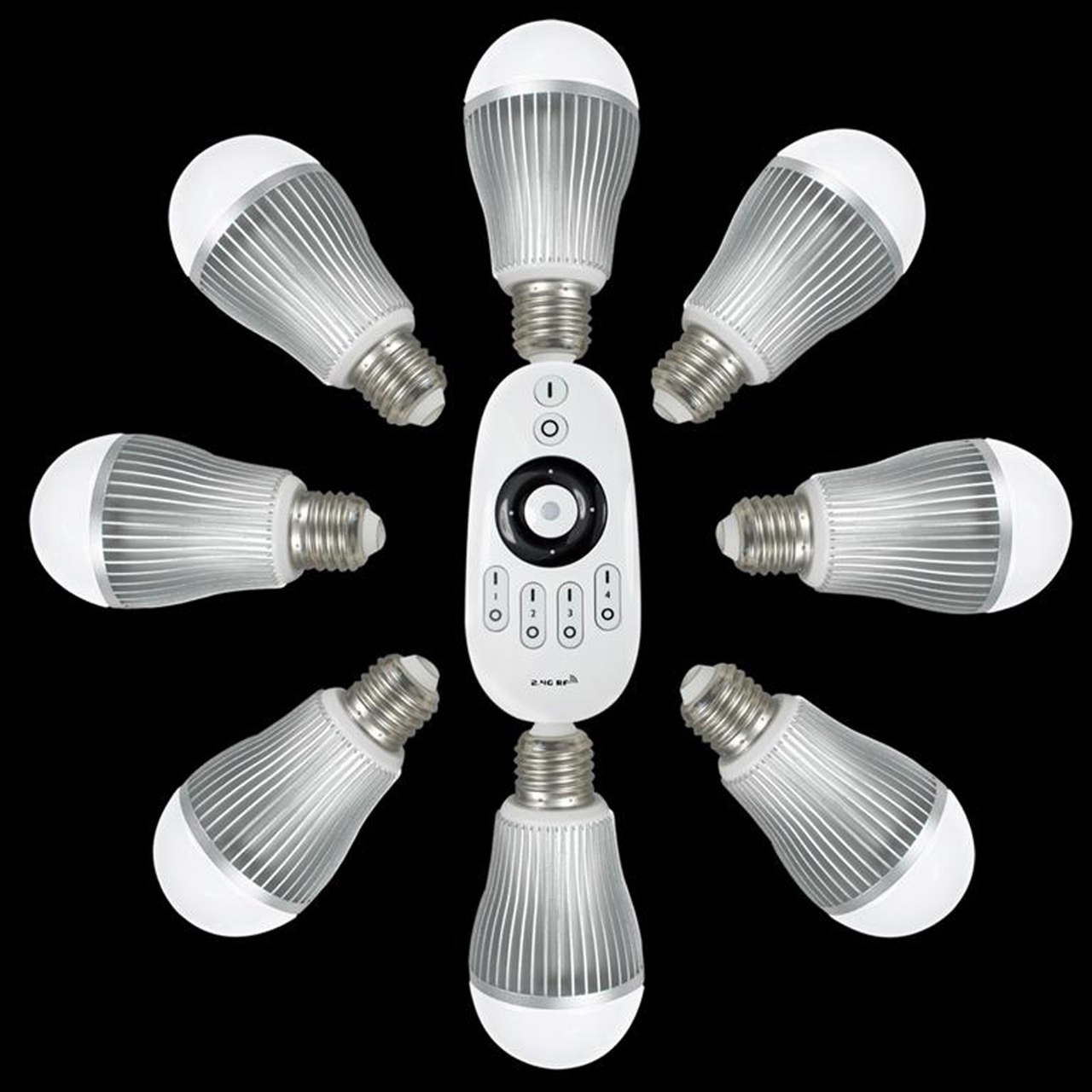
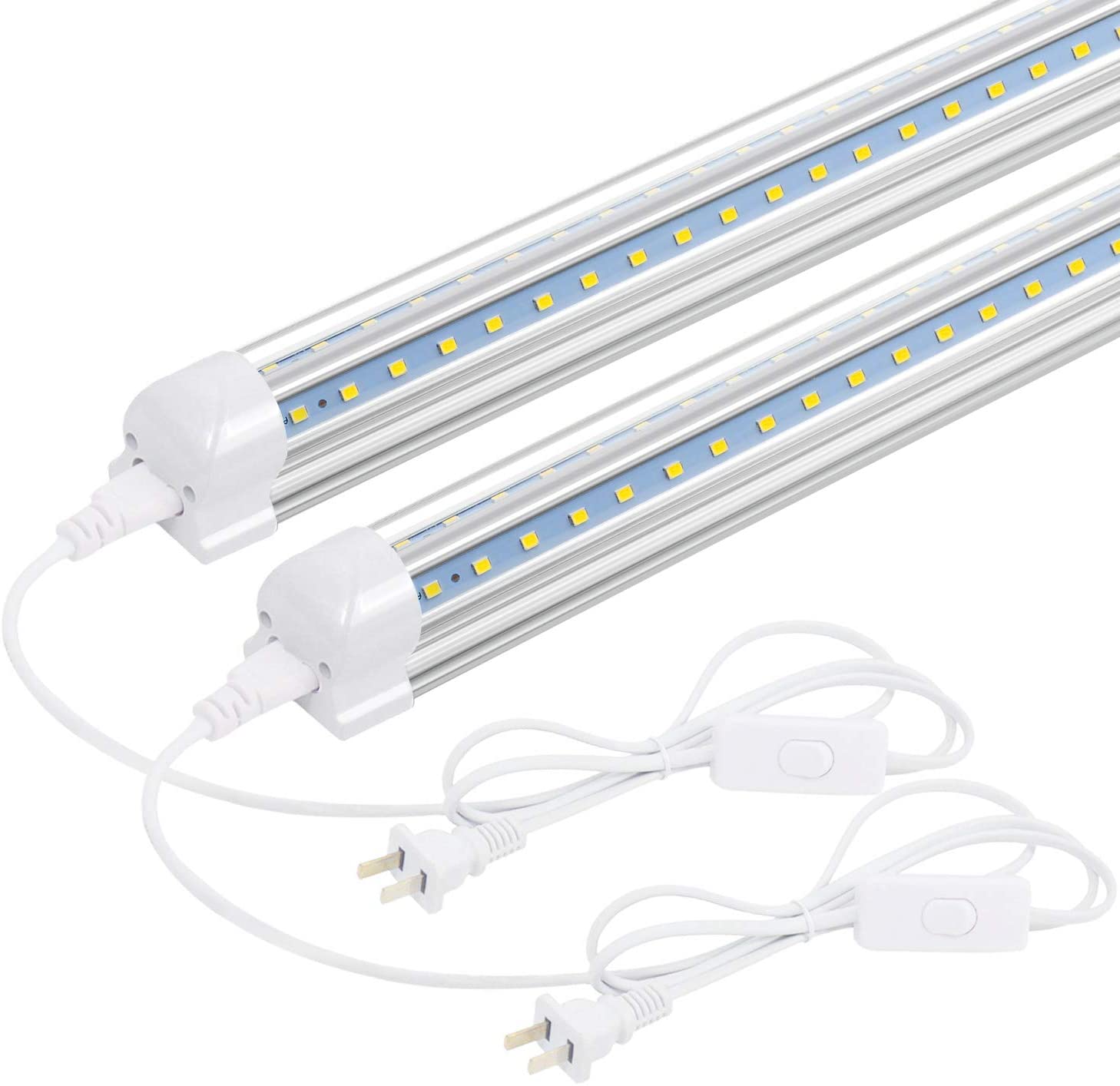
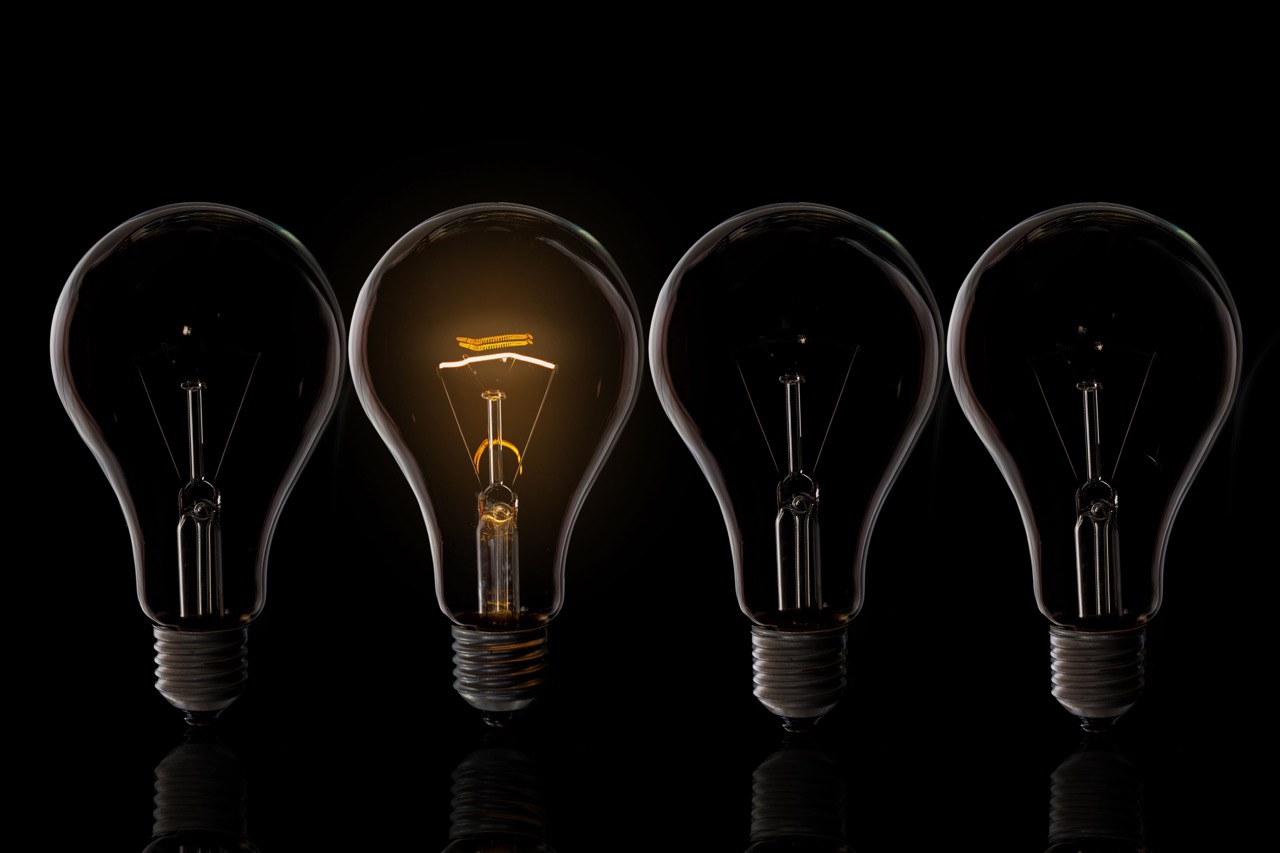
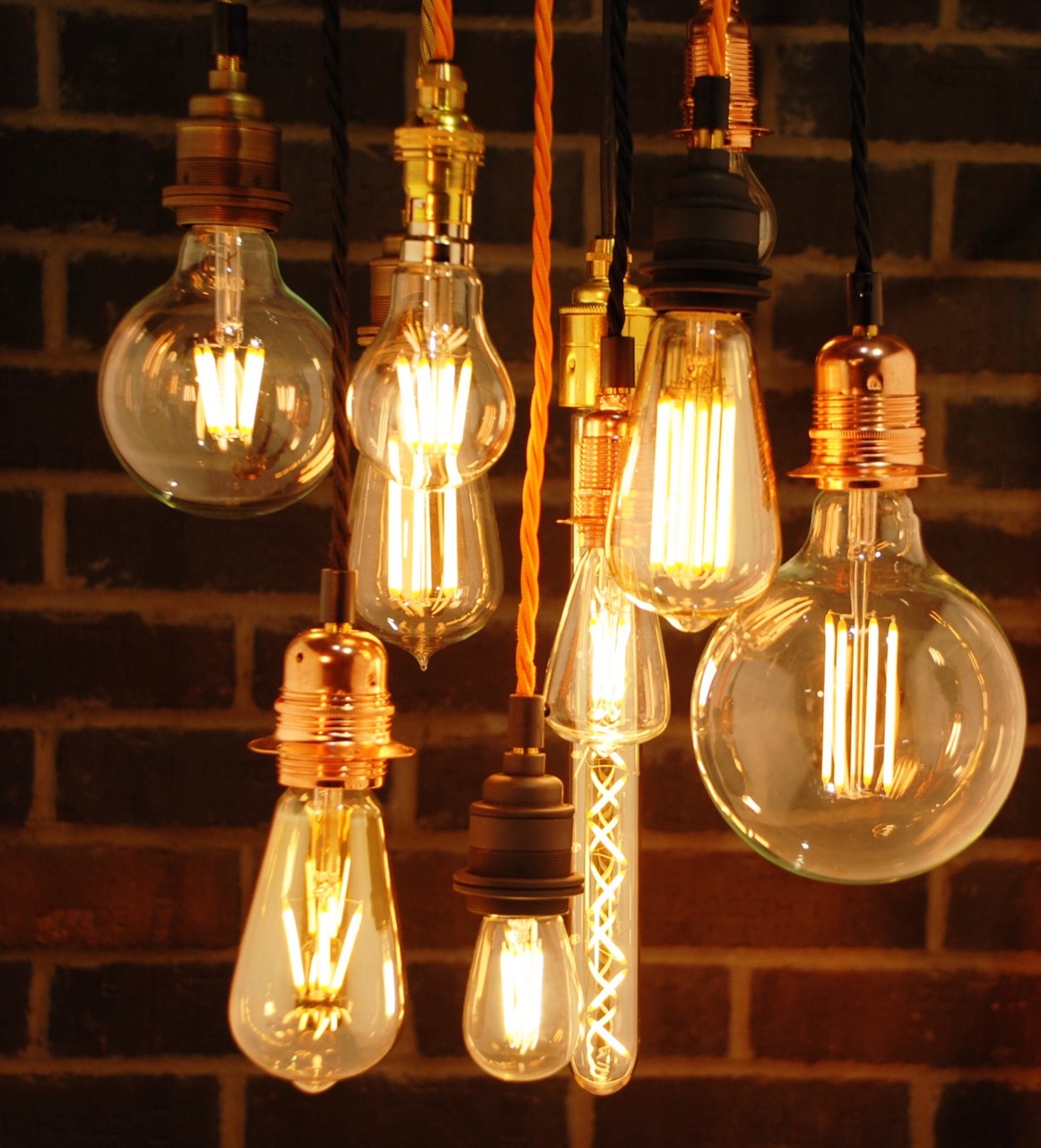

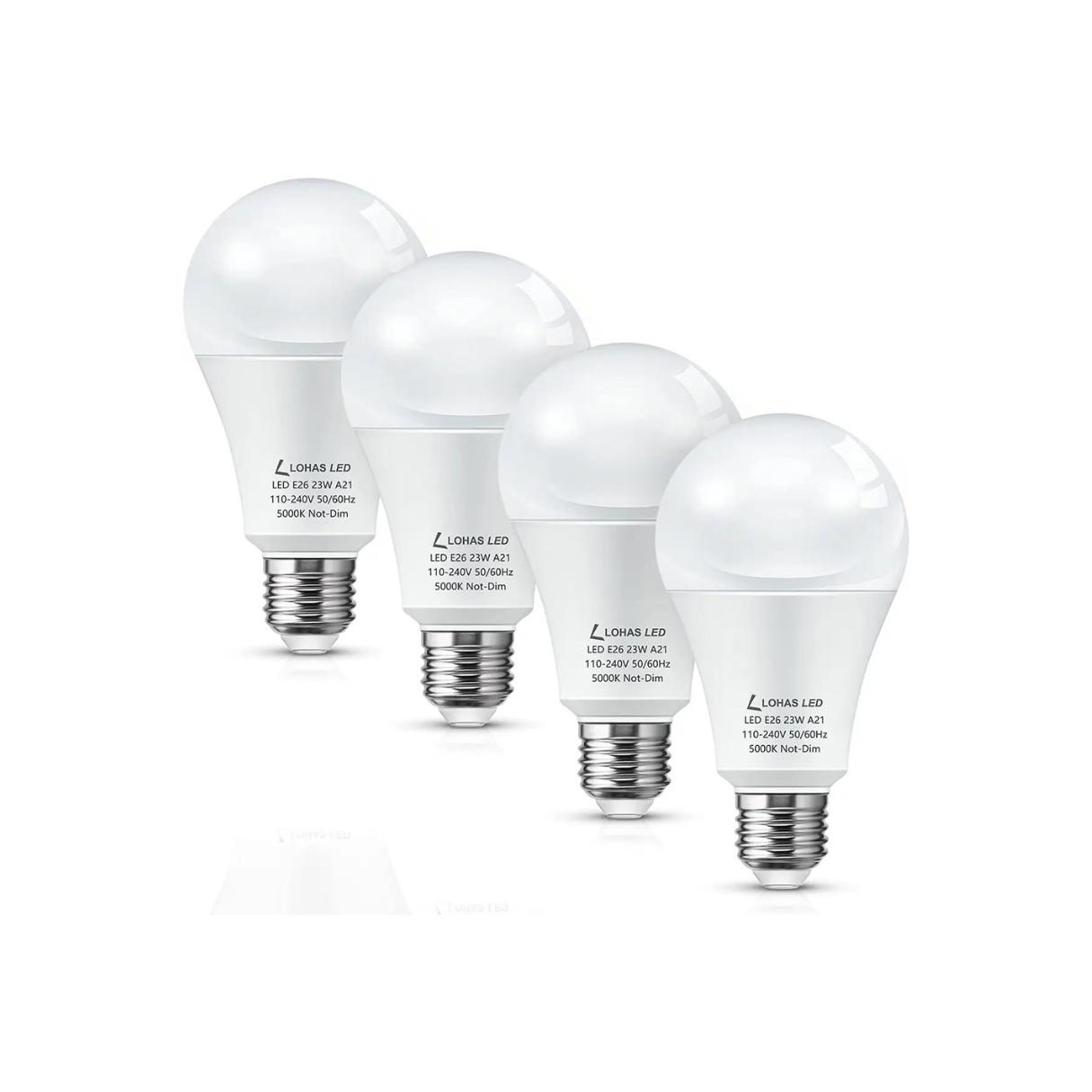
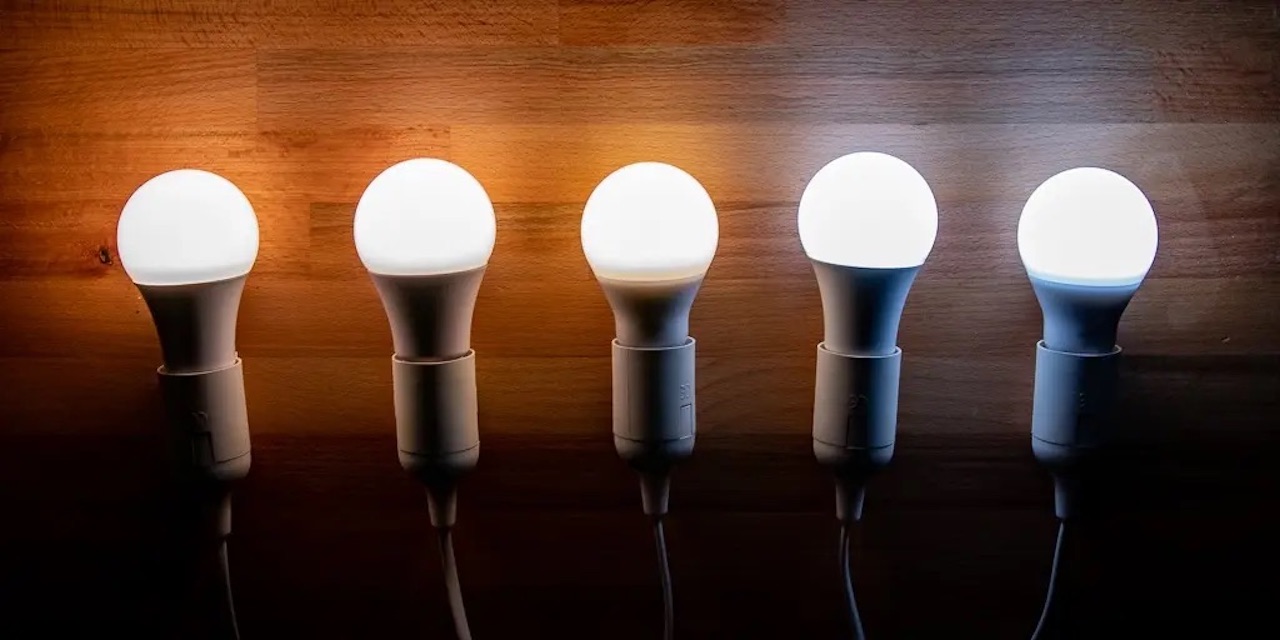
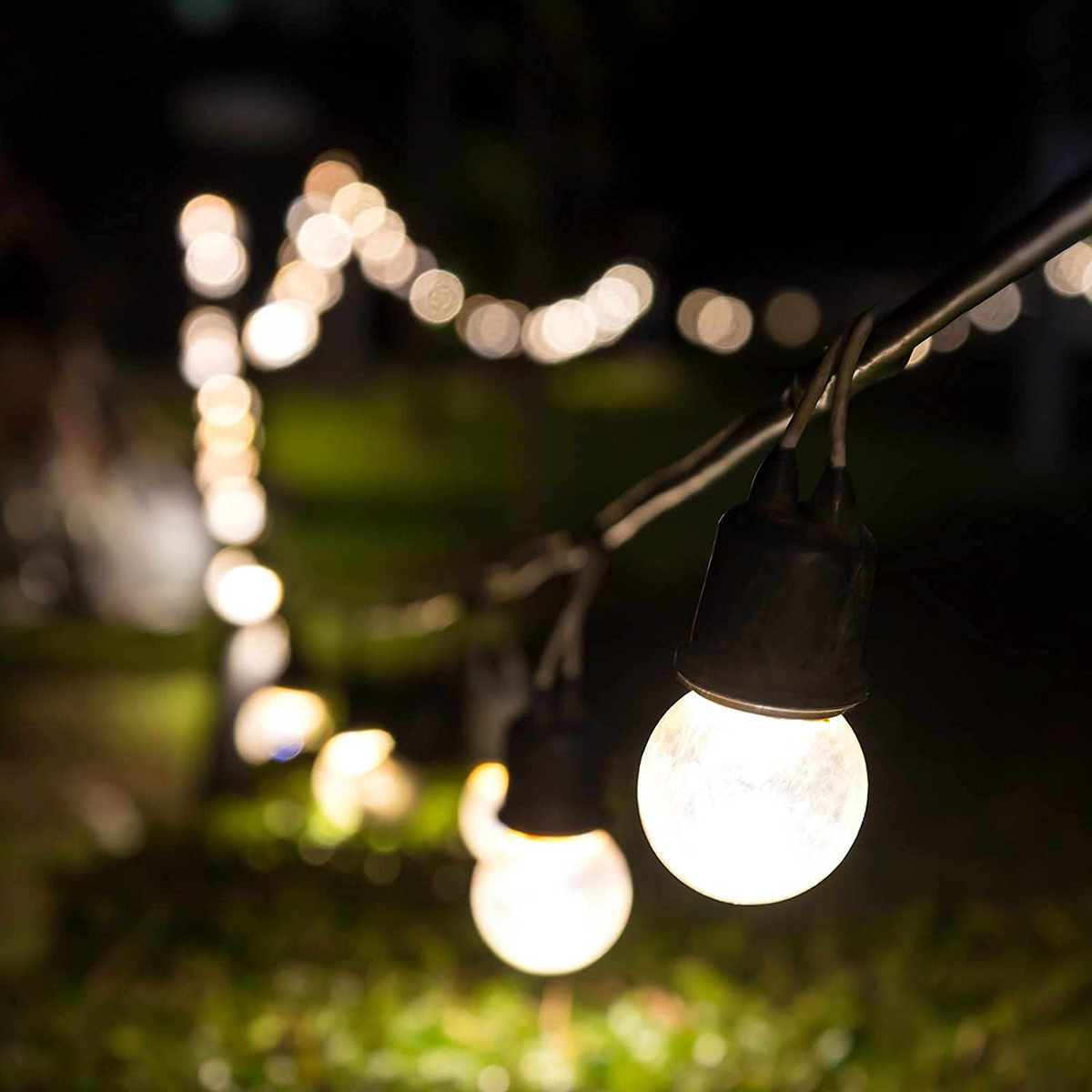
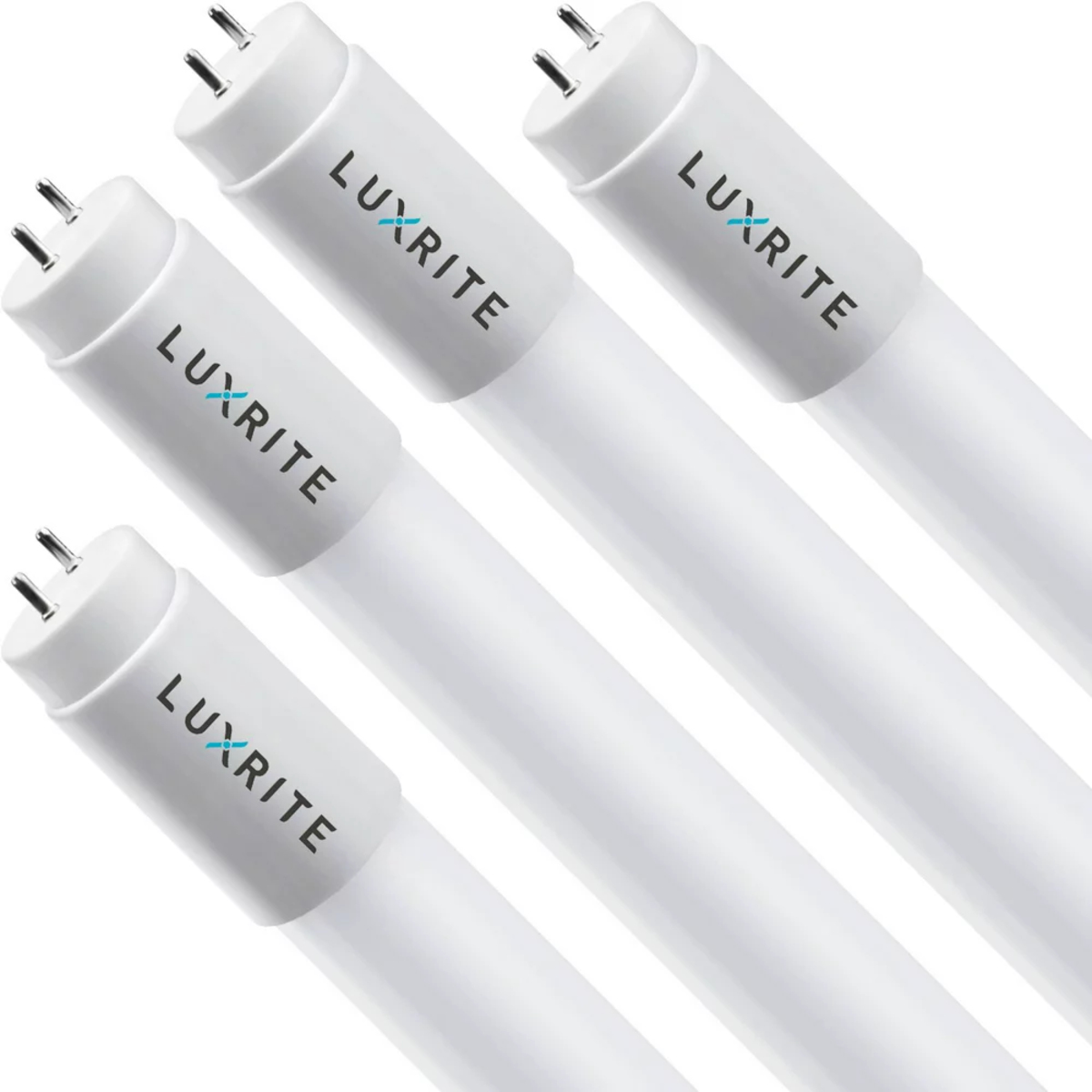
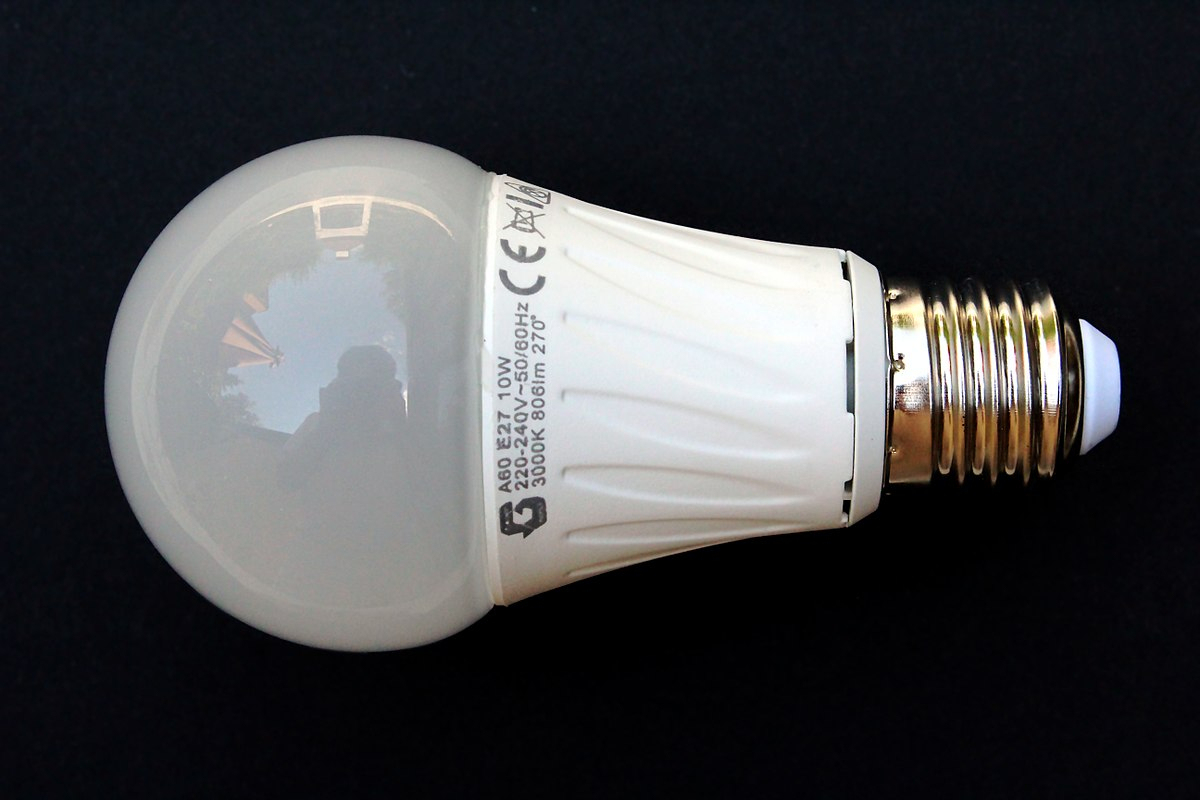
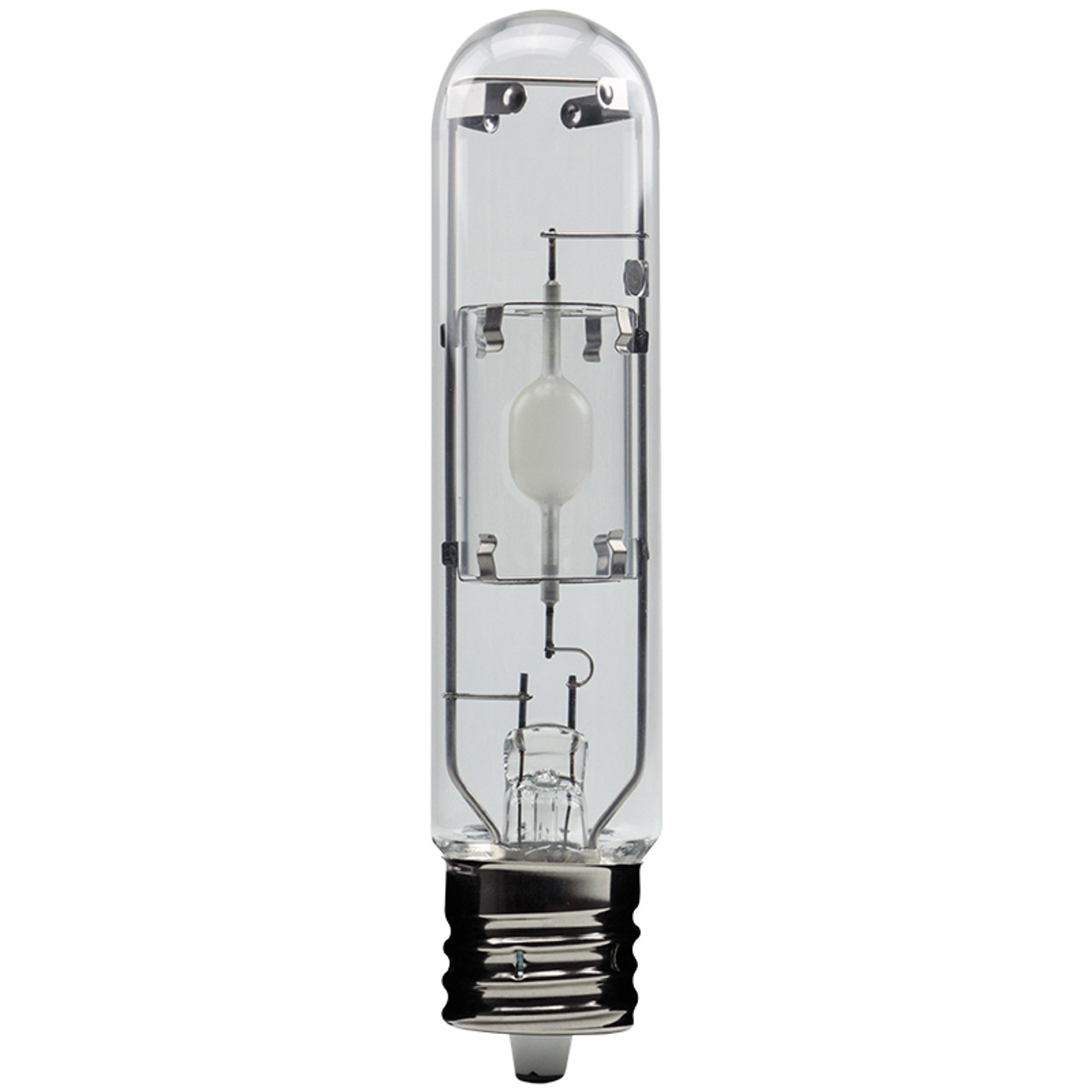
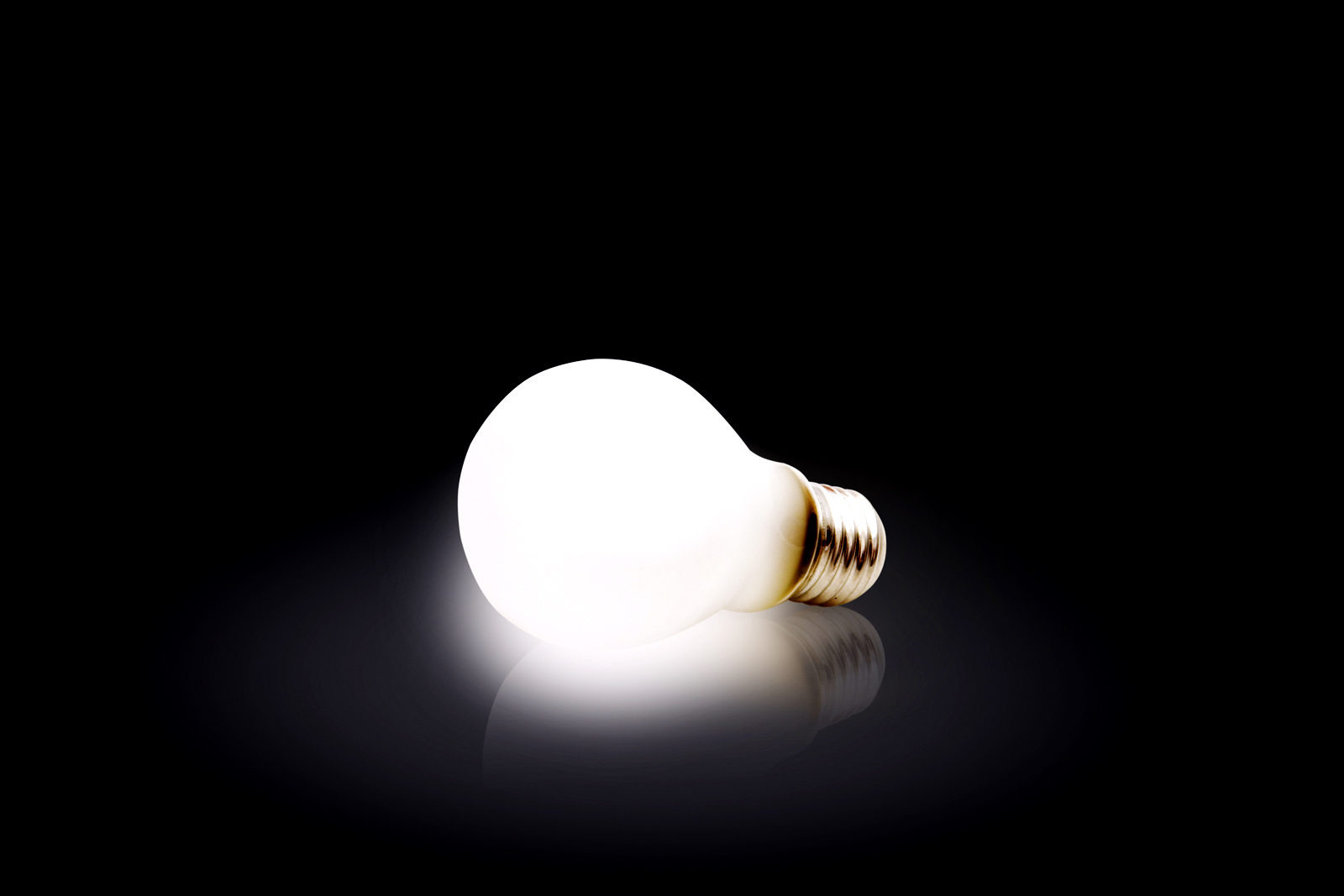
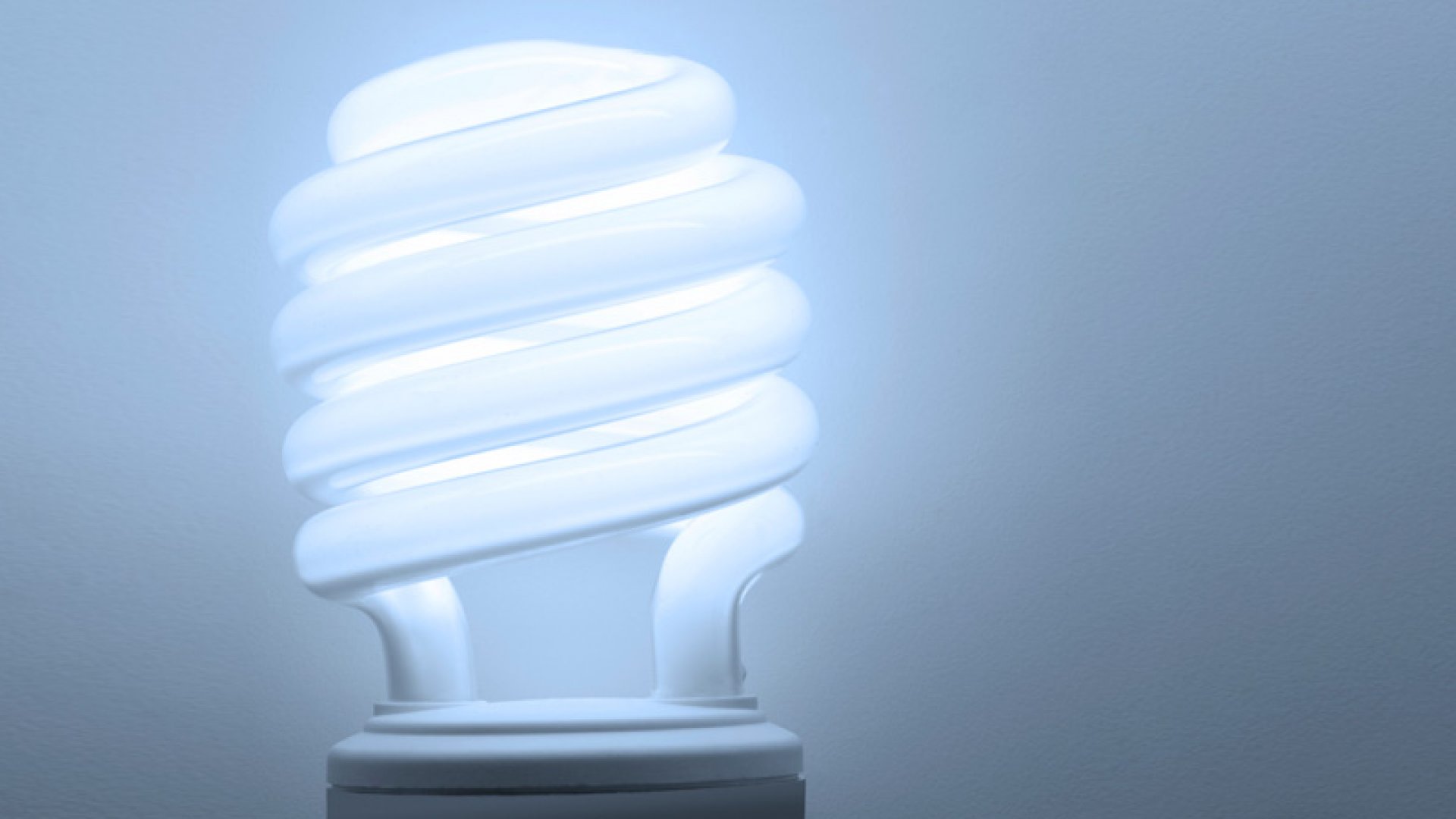

0 thoughts on “What Is An LED Bulb”